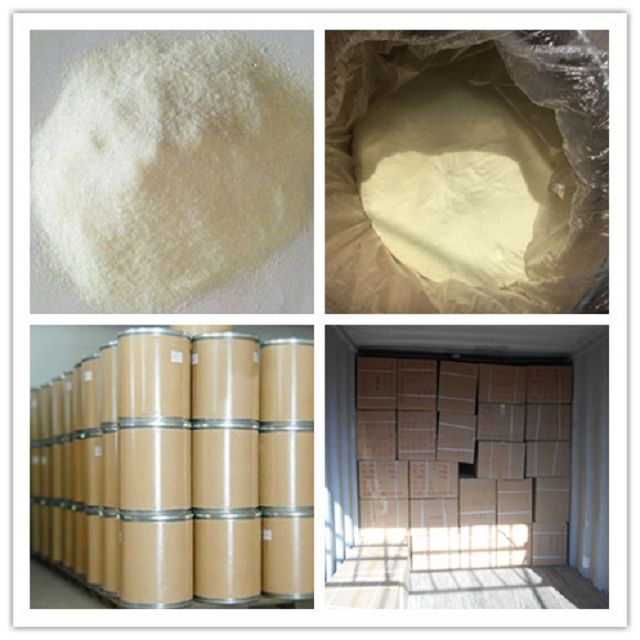According to a report recently organized by the Physicist Organization Network, Japanese scientists have discovered that changing the structure of polymers is expected to significantly improve the photoelectric conversion efficiency of solar cells made from them, and the latest research will help scientists to develop organics with higher conversion efficiency ( Or inorganic) polymer solar cells.
Organic polymer-based solar cells are very important because organic polymers are cheaper and easier to handle than polymers used in traditional inorganic solar cells. However, so far, the highest conversion efficiency of polymer solar cells are still unable to meet the practical needs.
However, at present, Osaka Tosaka and colleagues at the emerging molecular functional research group of the Institute for Emerging Materials Science at the Japan Institute of Physical Chemistry (RIKEN) have stumbled upon the fact that small changes in the polymer structure can change the binding state of the polymer chains and thus The earth improves the efficiency of solar cells.
When light energy is absorbed by a polymer in a polymer solar cell, the electrons are excited to a higher energy state to produce high energy electrons and a corresponding electron "hole". In order to convert light energy into electric current, these electrons and holes must reach the electrode through the polymer and then combine, but this process will lose a lot of energy. Many scientists are conducting various experiments and hope to improve this transformation process.
Osaka Toki and colleagues used a special type of copolymer that contained a repeating structure called PNNT-DT. Osaka explained that "PNNT-DT is very difficult to dissolve in water. Therefore, We hope to make it easier to handle by adding additional alkyl side chains to it.†As they expected, this change has greatly improved the solubility of this polymer, but “inadvertentlyâ€, This change also greatly improves the energy conversion efficiency of solar cells made with this polymer.
The polymer is placed as a thin film in a solar cell. Analysis shows that these new "alkylated" polymer chains are laid flat on the surface of the cell rather than perpendicular to the surface, making the charge carriers - electrons and holes. The surface moves vertically but not in parallel, thereby increasing energy conversion efficiency. Osaka Zhizhi said: "This change in structure and direction has increased the photoelectric conversion efficiency of solar cells from 5.5% without alkylation to 8.2% today."
Osaka Toki and colleagues hope that next, using other polymers for similar experiments, eventually produce organic polymer solar cells with higher photoelectric conversion efficiency of 15% or higher efficiency inorganic solar cells. He said: "We need to better understand why the orientation of the polymer will change. Next, we need to perform the same experiment on other polymers that can absorb more visible light." (Liu Xia)
One of the top musk scents of the 1970s and 80s, Coty Wild Musk was very different from Jovan Musk – more sweet wood notes rather than florals. Wild Musk features notes of musk, Musk Ketone, powdery milk, lily of the valley, vanilla, sandalwood and milky accord.
From a 1980s ad: "If you`ve studied the birds and the bees you know the importance of scent and its power of attraction. What you may not know is that we humans can actually enhance our natural scent to speed up the reaction.

Musk Ketone Crystalline ,Powerful Musky Odor,White To Light Yellow Musk,Pale Yellow Musk
Gan Su Original Flavor Co.,ltd , http://www.muskxylol.nl